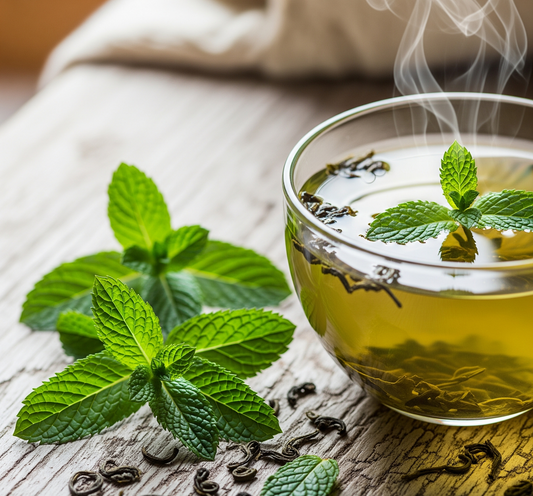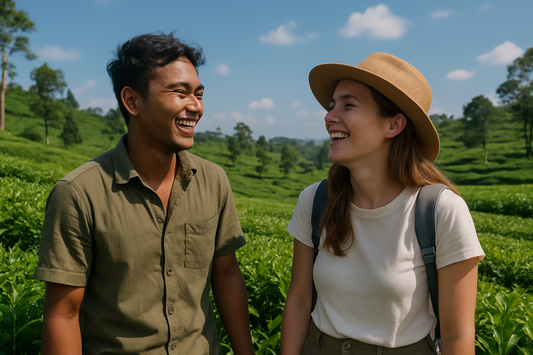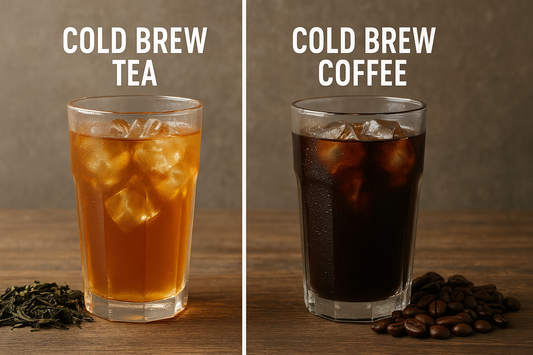The word chiya is a direct translation of the word tea. So technically it is the colloquial name for Camellia Sinensis. But in practice, the word chiya automatically springs up an image of a frothy, thick almost soup-like milk-based tea. While the recipe, tradition, and practice differ from household to household ranging from adding salt instead of sugar to sugarless cuppas, the chiya is a staple across the majority of the regions in Nepal.

One of the reasons why chiya is so popular in Nepal is because of its flexibility to meet different lifestyles. The love for a cup of delicious chiya is reflected in typical conversations with almost anyone in Nepal. In almost every conversation- whether it's running into an old friend or greeting a colleague, relative, or family, the custom is to start with a Namaste/Sanchiya hunuhuncha?/Chiya khanu bhayo? i.e. Namaste/ Are you well?/ Have you had tea yet? And no matter what your answer might be to the last question, you will end up with a cup anyways.

The easy invitation to a cup or two with an even easier-flowing conversation to keep company makes Nepal a tea drinker’s paradise. Each cup offered and received is impossibly irresistible.
Components of chiya
Since traditional chiya beverages can vary from town-to-town and family to family, there is no one recipe that defines chiya. But the beverage typically consists of these ingredient categories:
Tea: The most popular tea leaves used as a chiya base in Nepal among the general public are Nepali CTC teas. A cup of chiya is generally preferred strong and full of spices. But the rising tea culture in the general public especially in the capital city of Kathmandu, has us seeing more orthodox loose leaf tea leaves as chiya base. Nepal Tea Collective has tried to encapsulate the local flavors and tastes best known as Nepali teas, we have Nepali Breakfast tea in our collection.

Sugar or sweet: White sugar, brown sugar, and honey are typical chiya sweeteners, jaggery, an unrefined cane sugar, is a popular sweetener used in parts of Nepal.

Milk: Nepali chiya is often made with cow milk. But in rural parts of Nepal, a cup of chiya is usually prepared with purer and thicker buffalo milk. As the local palates are introduced with western ingredients, more and more cups of chiyas are being experimented with coconut milk, soy milk, almond milk, and so on.
Spices: The spices, or “masala”, used in chiya will vary by region, climate, and cultural preference. Traditionally, cardamom, ginger, cloves, cinnamon, and black peppercorns were dominant chiya spices and all readily available in Nepal.
Everyday Nepali tea routine
Tea is an essential component of everyday life in Nepal. While Nepal is known for its diverse culture and traditions according to geographical location. But the one common thread whether be it the hot Tarai or the cold mountains, the beginning of the day is marked with a steaming cup of tea.
Morning staple
In Nepal, tea is more than a brew. It is love and care offered in a cup and a favorite way to break the night-long fast. In a hotter region like Tarai, the tea is drunk without milk. So each sip drunk before the scorching afternoon sun is both light and delightful. A morning walk will show people huddled around the tea carts and cafes engrossed in conversation like every single one of them is best of friends. In colder terrains, the chiya is a milky almost soup-like delicacy that will keep the community warm and give them energy for the day.

Afternoon chiya
After the mornings, the entire nation breaks for a cup of tea. A cup of chiya or two becomes seedlings for ripe conversation, a reason to relax and deepen the connection. It is the reason why even networking events are called chiya-paan, a gathering around tea.
The afternoon is also the time when people visit each other. We cannot tell if the visit came first or the afternoon chiya.
Perfect Nepali Chiya pairings
Butter cookies
Cookies are not something that general Nepali people usually make at home. They are mostly bought either from a bakery or a grocery. This may be because the baking culture has not been much practiced in Nepali households. But there is an abundance of local butter cookies available in the market and they’re all mostly eaten with great cups of chiya by people of all ages.
Puffed Rice/Bhujiya
Puffed rice and popped rice (or pop rice), are types of puffed grain made from rice commonly eaten in the traditional cuisines of Nepal. Traditional methods to puff or pop rice include frying in oil or salt. While Bhujiya is used for many different kinds of dishes but primarily as snacks for chiya.
Nepali Puff snacks
These crispy delights are notoriously famous all over Nepal. It has won the hearts of many Nepali and although they’re a loose iteration of puff pastries, Nepali puff snacks are a delicacy of their own. The puff snack is the perfect companion to cups of chiya because its shape is just right for two dips into the chiya, softening the hard snack into buttery silky delights.
How to make chiya
The best methods for making chiya is a matter of opinion and their relationship with the beverage. The basic process involves boiling water, tea, milk, sweetener, and spices in some order of operations, bringing the chiya to a simmer, and straining it. But, as with the other aspects of chiya, there is a lot of room for variation—and a lot of debate over the best methods, like when to add the milk, or how long to let the chiya simmer.

Unlike the English way of preparing tea, Nepali Chiya mulls over in the pot over low flames. The tea leaves get to know the milk and the milk gets to know the sugar and the spices. The age-old debate of whether the milk comes first or the water is still as much relevant in Nepali households as it is worldwide.
Explore the best of Nepali chiya from Nepal Tea Collective’s collection here.




